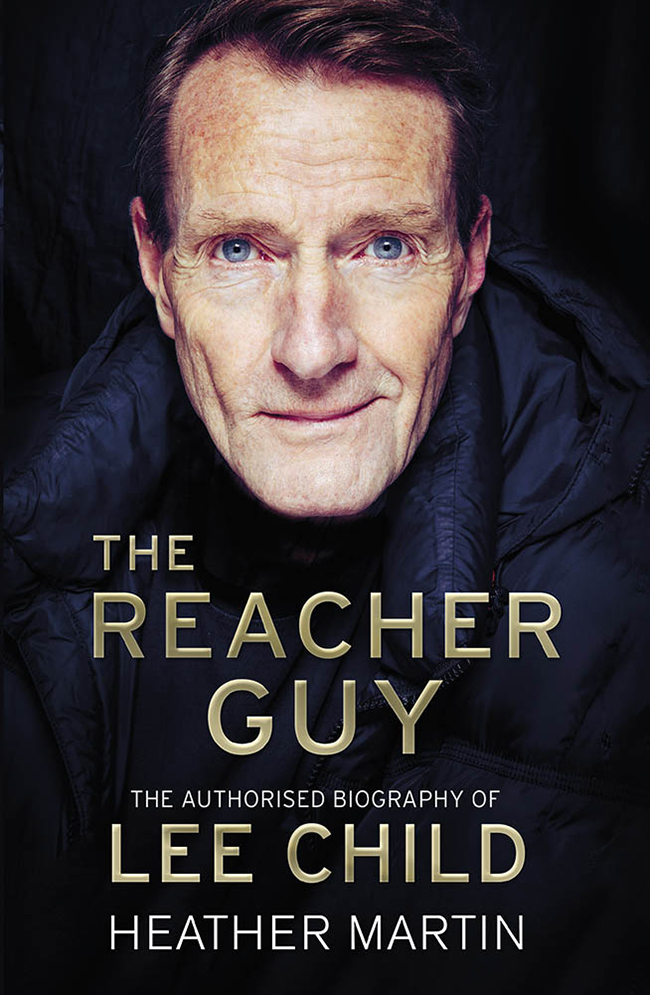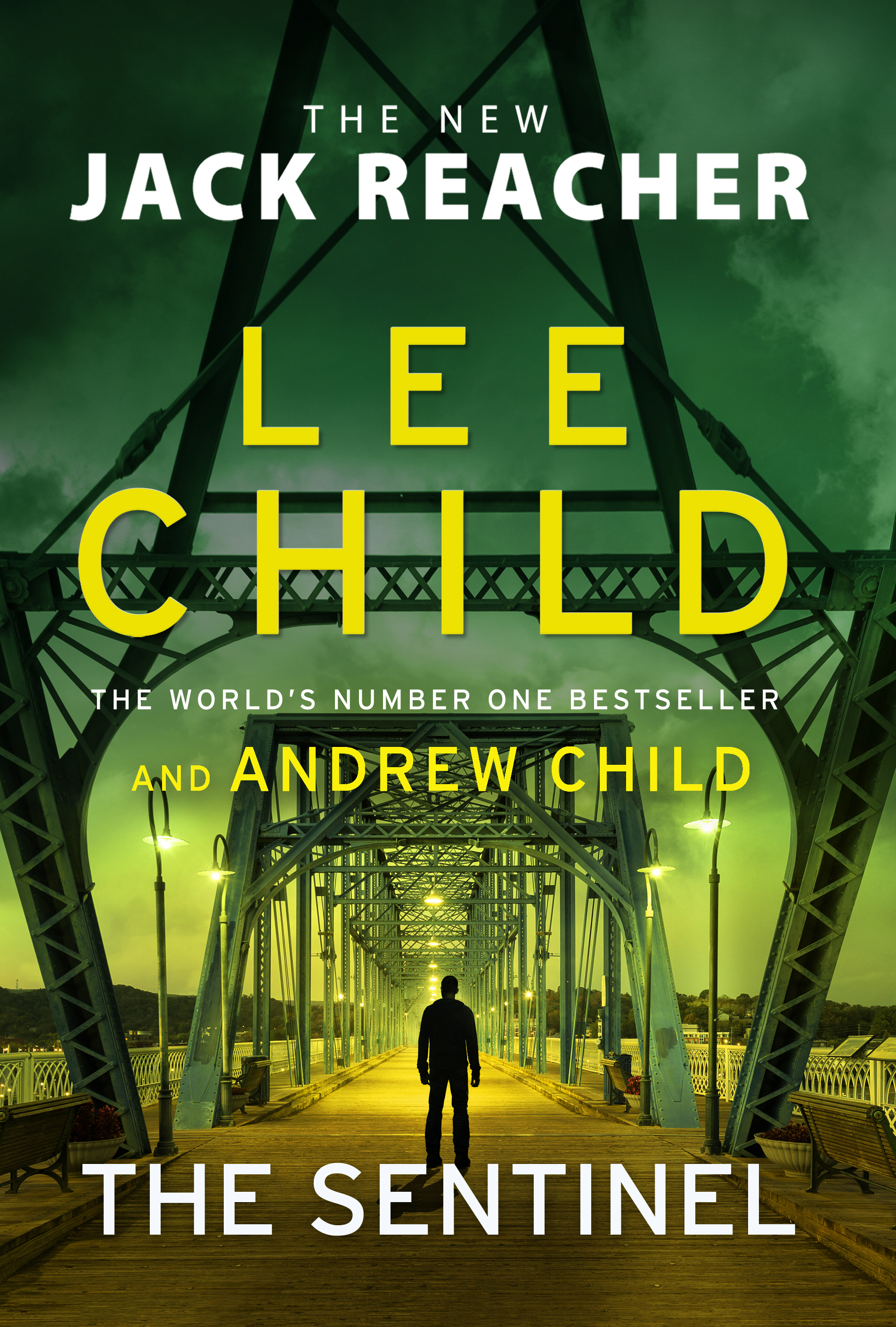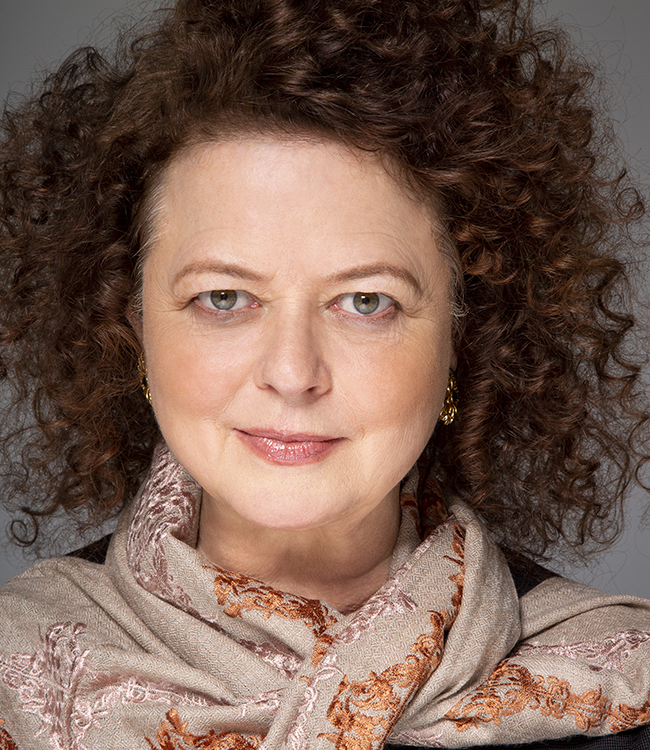
Heather Martin looks at how a love of libraries and the services they
offer have inspired best-selling author, Lee Child. From access to books
to feed his voracious appetite for reading as a child, to characters
and settings in his Jack Reacher series – libraries have always played
an important role in Lee’s life.
In the beginning was the library
“Nobody gets to go to university unless they have been to the library when they are three or four years old,” Lee Child told guests of the King County Library System in Seattle in 2012. “And nobody gets to be a writer unless they have
already read tens of thousands of books by the time they are thirty or forty.”
He’d turned down an invitation from the Duchess of Cambridge to the Queen’s Jubilee because he’d already committed to the Literary Lions Gala the day
before. He would always prioritise the library, even if the Yankees came calling. “The library is where my heart is.”
It was true not just professionally but biographically, too. His happiest childhood memories were of visits to
the library with his Otley grandmother. That and mucking about in bomb craters on top of the Chevin at the end of the road.
“She was a great reader,” he told me. “She only had about nine books, but she used the library, as was
typical.” He inherited three of her books: This Little Town of Otley, by local author and printer, Harold Walker, A Century of Thrillers: From Poe to Arlen, with a foreword by James Agate and a frontispiece showing “the
foul fiend, in his ain shape, sitting on the laird’s coffin”, and his own mother’s Collected Shakespeare.
“If I ruled the world,” Lee once said, “I would prioritise libraries and bookshops – to increase the sum total of
readers in what would then be a marginally less stupid world.”
Sometimes he credited his father with his passion for reading. John Reginald Grant, known as Rex (to distinguish him from his own father, John ‘No Middle Name’ Grant), was always trying to get an encyclopaedia for the family bookshelf.
He ended up collecting a weekly magazine and collating the issues in a binder instead.
But mostly reading “was just there, like the air,” he says. “You have to imagine two channels of TV, both of which took long breaks during the
day. The local library was all there was.”

The young James Grant read anything and everything, including his grandmother’s back issues of the Reader’s Digest. He tore through books like a locust through crops. His parents took out additional library cards for passing friends
and relatives and even the family dog, in a vain attempt to cater for that impossible, mythic appetite. Lee claimed to read an average of three hundred books a year and to have read more books by the age of ten than most people read
in a lifetime. He liked saying this, and the admiration it provoked, but still he worried about the rate at which books were being produced and fretted about the ones he hadn’t read and never could and all the things he didn’t know
and never would.
In primary school days, he haunted the now defunct Elmwood Library in Handsworth Wood, a secret, tucked-away place. “I had to walk down a cinder path to get there,” Lee said, like he was following a trail of crumbs.
Only he was never just walking. He was piloting a jet fighter, or driving to Checkpoint Charlie in Berlin to liberate a spy.
At Elmwood, when he was four years old, James read a picture book called My Home in America. On
each page was a single captioned image of an American home, lovingly painted in mimetic detail in creamy translucent watercolour: a California bungalow, a New England salt box, a Pennsylvania log cabin, a prairie farmhouse with windmill
and water pumps. One page was captioned ‘New York skyscraper’. It was the only one to include a human figure. Specifically, a small boy: a fair-haired blue-eyed boy of around five, gazing out at the Empire State Building with the city
lit up like Christmas around it. In that apple-cheeked boy James recognised himself. It was like seeing himself for the first time, more clearly than in a mirror. “That was me,” Lee said. “It was there that I belonged. Not in Birmingham.
That was my city. That was my home.”
Logically, My Home in America presented as part of an educational series. But it stood alone on the shelf. No one has been able to find it. No library has it in their back catalogue,
no online search has ever revealed it. It was Lee’s and Lee’s alone: the perfect mystical magical match between book and reader. It was the same with Elmwood. There would be many more libraries in his life – next up the purpose-built
Tower Hill Library in Perry Barr, which he got to by crossing a footbridge over the Tame Valley Canal. But only Elmwood (so far as I knew) had been founded in the year of his birth.
Libraries aren’t limited to stories or dreams
of escape. They come in handy for facts and figures too. When Reacher goes in search of his father’s origins in Past Tense (I’d just started writing the biography), he spends far more time in the Laconia library than is seemly
for a man of his dimensions and proclivities. He’s after some information about a birdwatching club. “You could find out,” some old guy tells him. “All their old ledgers will be in the library. They have a collection. All of those
old clubs and societies. Part of history, they tell me. Part of the culture. Personally I thought television was better, when it arrived.”
Reacher is sceptical for different reasons: “Probably takes three months to find anything.”
No, says the old guy. “There’s a big room downstairs, with shelves like the spokes of a wheel. The reference section. They get anything you want.” An advert for the service, embedded in the heart of a thriller. In 61 Hours,
the main female character is retired librarian Janet Salter.

It was a bond. I too could remember weekly visits to the library, in my case at the Floreat Forum in West Australia, where you could get pizza and gelato too. But we consign the public library to nostalgia at our peril. Lee still remembers
what made the biggest impression on him on his first visit to New York, back in 1974: the sight of his future father-in-law reading a hardback book he’d actually bought from a shop. These days Lee Child can buy books by the box load,
but he’s no less passionate about libraries. And libraries aren’t only – perhaps not even primarily – about books. They’re about people too. Funding public libraries means funding mental health, funding services to children and the
elderly, to the vulnerable, unemployed, lonely, disenfranchised, and to refugees. It means funding internet access for those who don’t have it at home, or who are homeless. It means funding communities.
And on top of all that? You
can pick up the latest Reacher, too. IP

Heather Martin’s authorised biography of Lee Child, The Reacher
Guy, was published by Constable at Little, Brown on 29th September. Much of it was written in the Graduate Center library of City University New York, just opposite the Empire State Building on Fifth Avenue, and researched in the
British Archive for Contemporary Writing at the University of East Anglia. Without those two libraries, this book would not exist.






